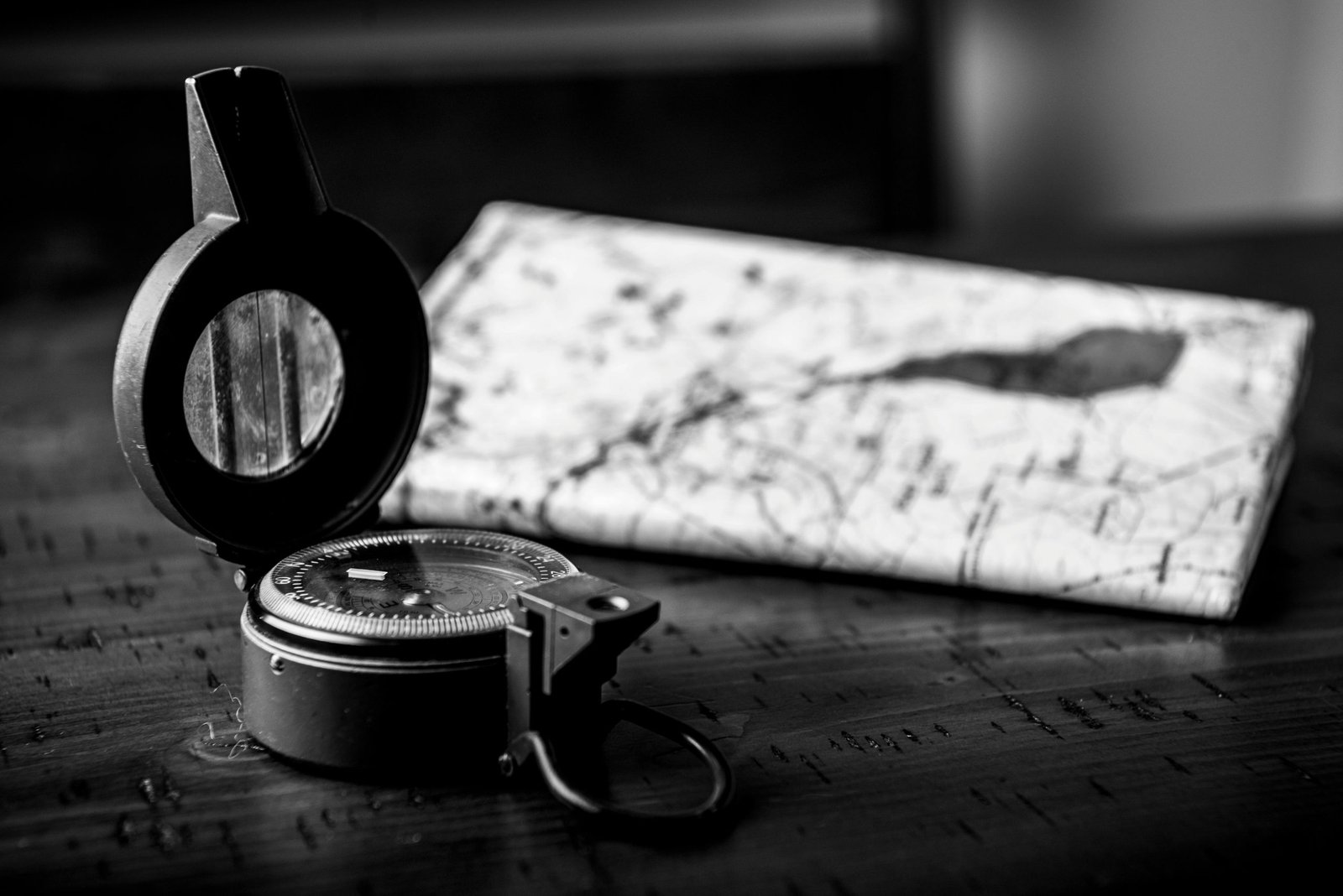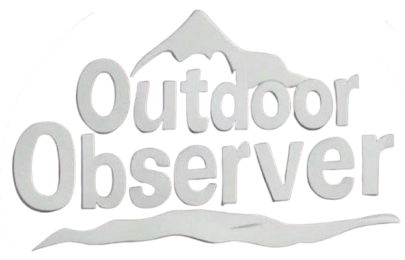This Content Is Only For Subscribers
Ben had hiked parts of the Appalachian Trail before, but never alone. This time was different—a solo stretch through the Great Smoky Mountains, just him, the trees, and the endless ridges of the East.
The morning was perfect. Golden light filtered through the leaves, birds called from the canopy, and the rhythm of his footsteps was almost meditative.
But by afternoon, the sky turned. Dark clouds rolled in fast, swallowing the sun. A sudden downpour drenched the trail, turning dirt into slick mud. The wind howled through the trees.
Then, the mistake. A wrong turn at an unmarked fork. By the time Ben realized it, he had already descended into unfamiliar territory. He checked his map. No signal. No familiar landmarks.
Night fell. The temperature dropped fast. He had no tent, only a light emergency bivy. Panic threatened, but he forced himself to focus.
He found a dry spot beneath a rock overhang, used his last dry matches to ignite a small fire, and rationed his water. He knew the number one rule of being lost: stay put, don’t wander.

The night was long, but at dawn, sunlight illuminated his mistake—his actual trail was only half a mile away, obscured by dense brush. Relief flooded him as he scrambled back, finally seeing familiar markers.
By noon, he was back on track, hiking toward his planned exit point.
That night, safe in a hostel, he scrolled through his phone, reading stories of lost hikers who hadn’t been so lucky. Next time, he wouldn’t rely on just a phone. Next time, he’d carry a compass.

(Note: The Appalachian Trail Conservancy reports that dozens of hikers get lost every year, often due to poor navigation. Experts recommend carrying a physical map and compass, as cell service is unreliable in many remote areas.)



